Is there one person who always seems to beat you, that doesn’t even look that fast?
You’re trimmed in, hiking hard, finding every gust. You can feel the boat hum beneath you. And yet, as you bear away and charge toward the finish, they’re already there — calm, collected, and suspiciously relaxed.
They haven’t sailed faster. They’ve sailed smarter.
They’ve taken the shortest, most efficient route.
Speed + efficiency = success
There’s no question that boat speed wins races — but it only matters if it’s pointed in the right direction. Sailing a longer route, no matter how quick you are, is simply time lost.
Nowhere is that truer than upwind, where every degree counts. A 10° lift takes you a metre to windward for every ten metres you travel forward. A 10° header does the opposite, pushing you further from the mark. Over a single beat, that difference is huge.
Upwind sailing is all about choosing the right tack — the one that points you closest to the mark for the same effort.
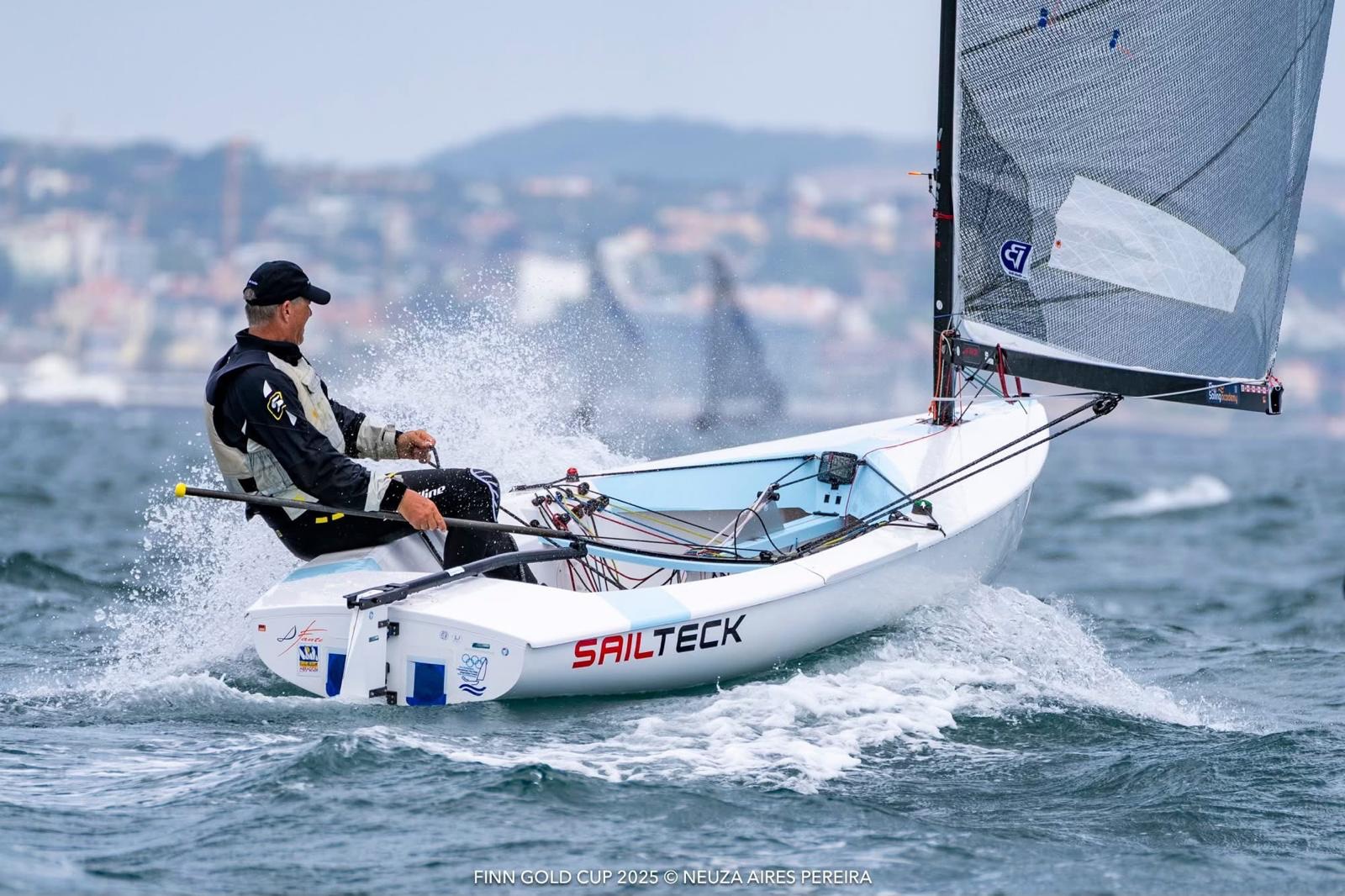
Turning feel into an exact science
Good sailors have a feeling for this — feeling pressure on the helm, reading the ripples on the water, sensing the subtle shifts.
But these days, great sailors are turning those instincts into an exact science — refining the use of tactical compasses to read wind shifts with absolute precision. They’re quantifying what used to be intuition: spotting wind shifts not just by feel, but by data — and acting on them faster and more consistently.
Reading the shifts
Downwind, it’s relatively straightforward. You stay in the pressure, gybe when the wind angle demands it, and work the angles that keep you on the quickest line to the mark.
Upwind, there’s more to it, but more to gain as a result. You need to track the changes in your boat’s heading and recognise when the wind has shifted, telling you when to tack, when to hold. That’s the essence of upwind efficiency: maximising your time on the lifted tack and minimising the time you spend sailing away from the mark.
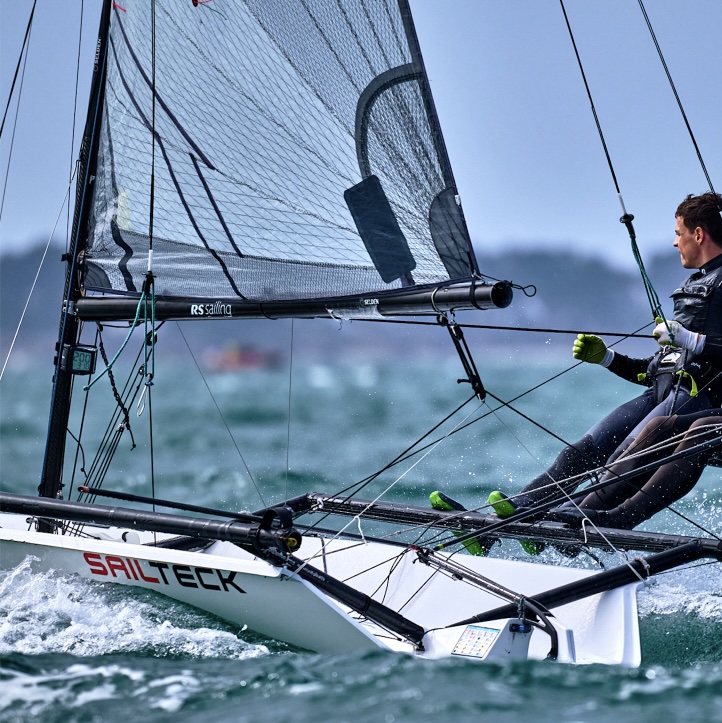
Making it visual
Traditionally, that meant keeping a sharp eye on your compass and remembering your “good” headings. To help, the Sailteck Race Compass includes simple cues on its bezel:
- The upward arrow reminds you to tack on increasing numbers.
- The downward arrow reminds you to tack on falling numbers.
It’s a tried-and-tested method, but it still keeps your head busy – reading numbers, recalling angles, doing the mental geometry while trimming and steering.
Simplifying the process
That’s where Sailteck’s Tactic display cuts out the middleman. Instead of juggling two headings — one for each tack — the display does the calculation for you. It adds half your tack angle to starboard and subtracts half from port, so you’re effectively reading the wind direction, not your boat’s heading.
Now you only need to track one number.
As Laurent Hay, 2024 Finn Masters World Champion, explains:
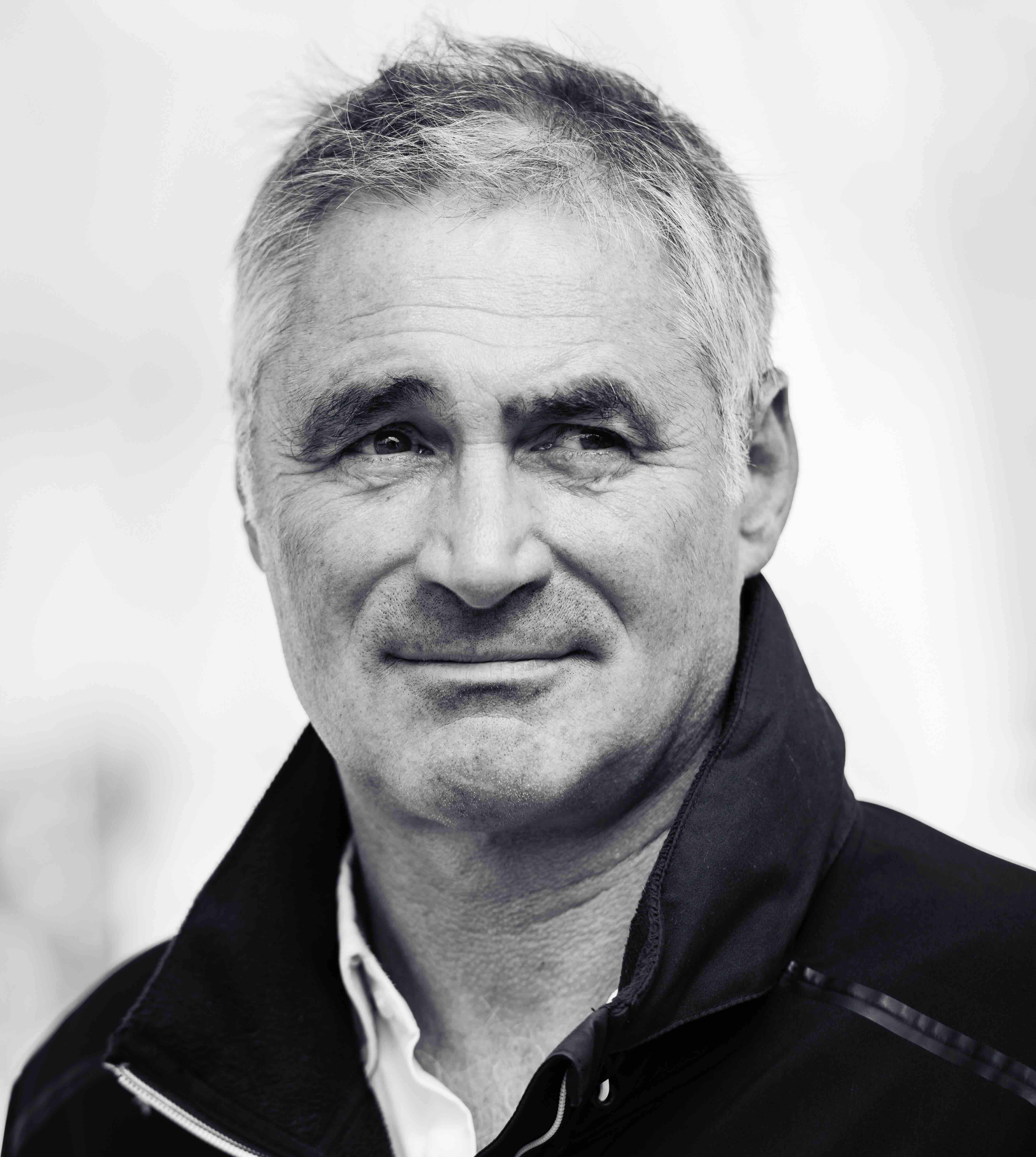
“I set the upper display to Tactic so I only need to remember the wind direction — one number, the same on starboard and port tacks. This allows me to work without complicated calculations, and the simplicity really helps in the event of a course change following a permanent wind shift. The gain or loss due to a wind shift can be significant — for example, 5° on a 300m leg takes me 30m further to windward if I’m on the lifted vs headed tack.”
Like so many things in sailing, people often overcomplicate it. With this method, you condense all that tactical thinking into a single clear number that keeps you on the right tack.
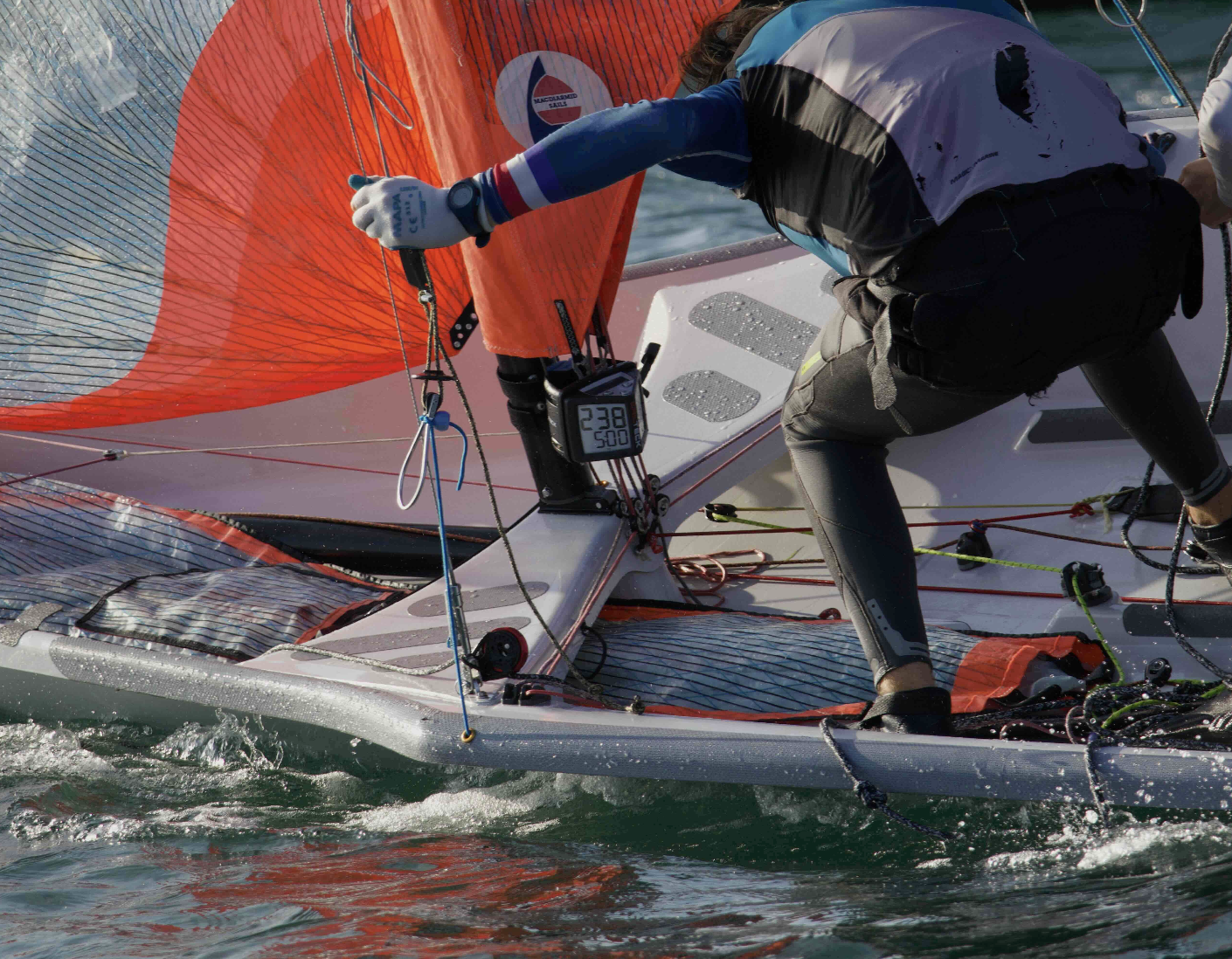
One clear number
More advanced doesn’t always mean more complicated. Sometimes it’s about reducing the noise — finding clarity in the data.
With Sailteck’s large, high-contrast display, you can check your heading at a glance, stay in phase with the wind, and focus on sailing your best race.
Because when every degree counts, clarity is speed.
Plus, because the Sailteck Race Compass has two lines of display, you don’t need to press any buttons when you round the windward or leeward mark – you simply look at the other line of display.
To set it up like Laurent, there are a few configuration options — you’ll find them in the user guide, available here. Or if you’re not set up with Sailteck yet, find your nearest reseller here.
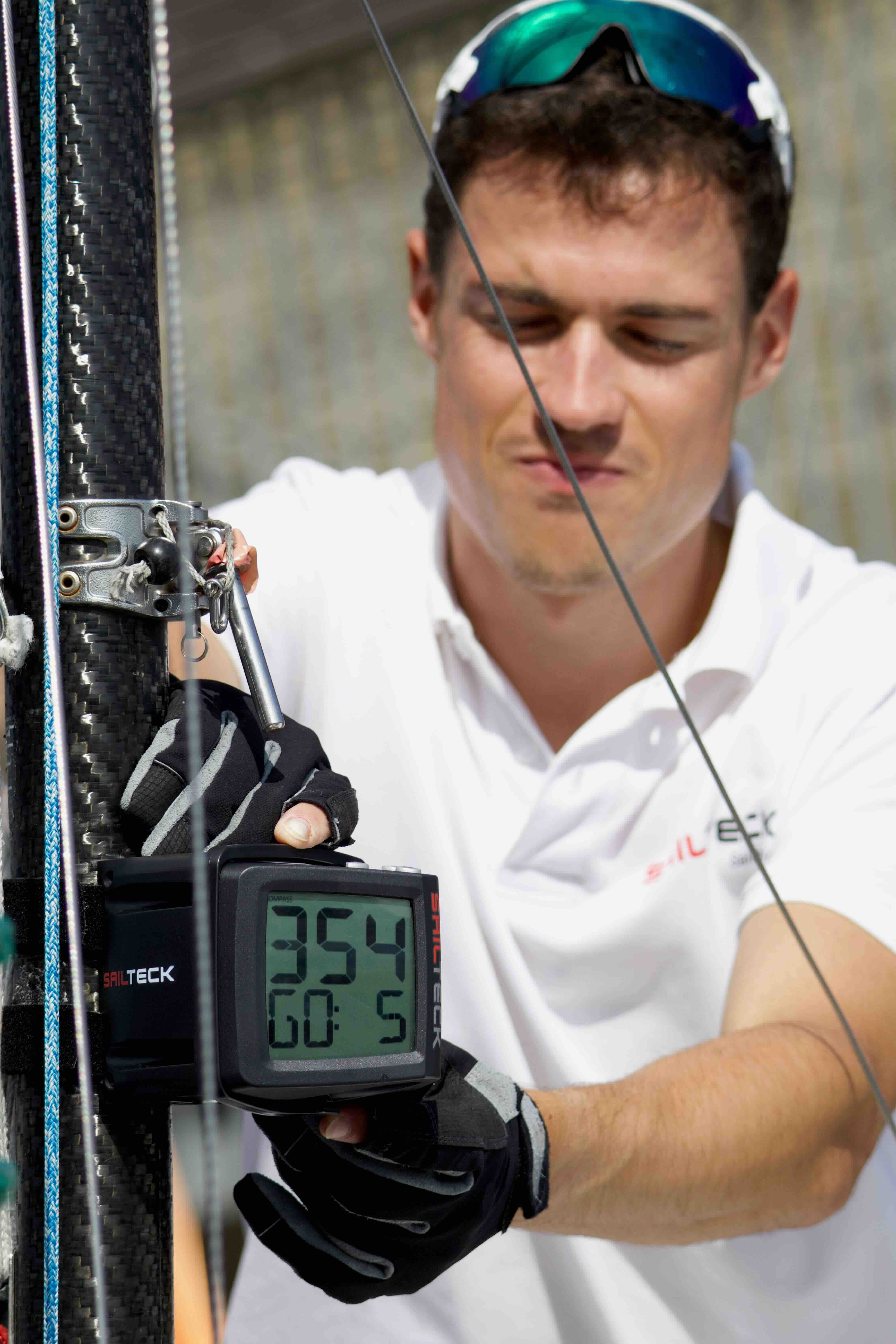
When you’re an expert at playing the shifts, and focusing hard on maximising boat speed, one of the biggest factors left is starting out in front by nailing the start. With a built-in countdown timer on the dual-line display, Sailteck helps you in that department too.
The Sailteck Race Compass is universally class legal.
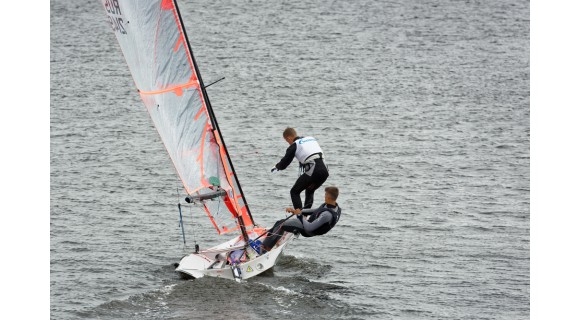 UK 29er Class Association & SailTeck SARL Instagram Competition Terms and Conditions
UK 29er Class Association & SailTeck SARL Instagram Competition Terms and Conditions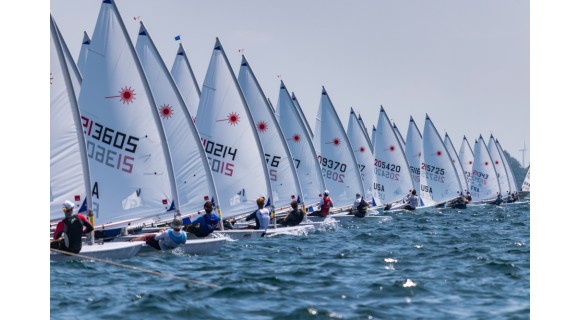 How Top Dinghy Sailors Find the Fastest Route to the Mark
How Top Dinghy Sailors Find the Fastest Route to the Mark








Leave a comment
Log in to post comments